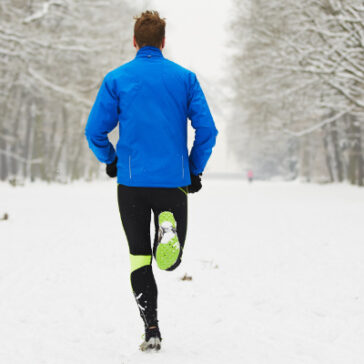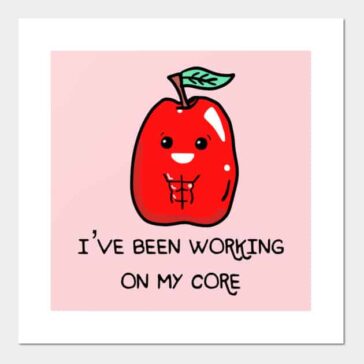This paragraph was written maybe 6 months ago….
For several months I have been focusing on my running and cycling, that has meant neglecting my standard BMF sessions. Whilst attending said standard BMF session, there came a time to do some planks and side planks. These were held from between 30 secs to a minute, in which many times I put my knees down, dropped my hips, or made general noises that there was something uncomfortable under my elbow, to my shame was a just a reason to take a rest as I couldn’t hold the positions. The guy next to me even asked if I was okay, I was faffing around so much. What this boils down to is my core is weak and although the frequency of my running has improved, other things have slipped. My core is one of them.
This paragraph was written more recently…..
I’m having regular physio on a groin strain. One of the exercises I was given to do and try out in the physio gym was the side plank. This was given to me as part of my groin strain has also manifested itself in my lower abs. Even though I’m slightly weakened by the groin strain, I could not hold the side plank for more than a couple of seconds.
Note – if you have a bad back. This post is not about how to cure a bad back…….
What is “the core”?
You hear about “the core” all the time now, how it’s the magic bullet for improvement in all exercise. It will make you a better runner, cyclist, lifter.
It used to be known as ab work and there is the common misconception that it is just abs. The core includes hips, pelvis, abs, lower back, mid-back, glutes
It’s not about flat and ripped abs – that’s just about having low body fat.

Why a strong core is useful
Now we know what it is, why is it so important?
A good analogy would be – your core is like the trunk of a tree. If it’s weak and put under stress, it’s going to fall over or give way.
How much of your day is taken up by sitting? LINK. Commuting, at the office, commuting, sofa, dinner, sofa, bed. All this sitting weakens the core as it is not engaged.
Having a strong and flexible core improves posture and acts as a stabiliser for your body, joining the top and bottom. The arms and legs. The core is involved in every movement of the body.
Think about your everyday life and all the twisting and bending you do. How many stories have you heard like “I was picking my daughter up/I was reaching for a box and something popped/went”.
In the UK, an average of 44 per cent of people suffer back or neck ache. A strong core will provide better stability for your spine and help avoid injuries.
Why a strong core is good for running
As stated above, the core joins the top and bottom of the body. Another way to put it is – the body’s force transfer centre.
A lack of core flexibility or strength can make it more difficult to move efficiently. Your movement, agility and control are reliant on core strength. A major component of running is generating and transferring force.
It also helps to maintain your form, keeping you in a more upright position. The diaphragm is part of your intrinsic core, so aids your breathing.
Core exercises
There are many exercises to do to strengthen your core but a list of 10 exercises will be forgotten by tomorrow. Here are five you can do anywhere, especially at home.
Plank – The mother of all core exercises. Balance on your toes and elbows as shown above. Keep our core engaged and your bum down. Hold a straight a position as possible. Hold for 60 seconds. This can be done on the press-up position if you want to work your shoulders. Advanced – assume the position and raise one leg changing legs at 30 seconds.
Side plank – Lie of your side then push yourself up balancing on one elbow and one foot. Raise the other arm straight into the air pointing toward the sky/ceiling. Hold for 30 seconds and change sides. Advanced – lift the leg that is not on the floor into the air and hold.
Bridge – lie on your back and lift your bum/hips in the air making a straight line between your knees and shoulder blades. Hold for 60 seconds. To make this dynamic, slowly lower and raise your bum/hips, glutes and hamstrings.
Superman – lie on your front and lift your knees/legs and shoulders/arms off the floor. Do not overextend, just lifting them off the floor is enough. Hold for 5 seconds, lower and raise and hold again. Complete 12 times or work for 60 seconds.
Russian twists – sit on the floor or mat. Lend back slightly and lift your feet slightly off the floor. Twist to the left and touch the floor, then twist to the right and touch the floor. Repeat. Complete 40. 20 on each side. Complete 3 times.
A strong and flexible core is not only good for your daily life but can also help your running. Try the exercises above (or a selection of 3) a couple of time a week and see how working on the middle of your body can help with the arms and legs activity that is running.
I will note that after 3 weeks of doing my physio exercises, the length of time I’m able to hold a side plank has improved considerably. I doesn’t take long to see an improvement.





